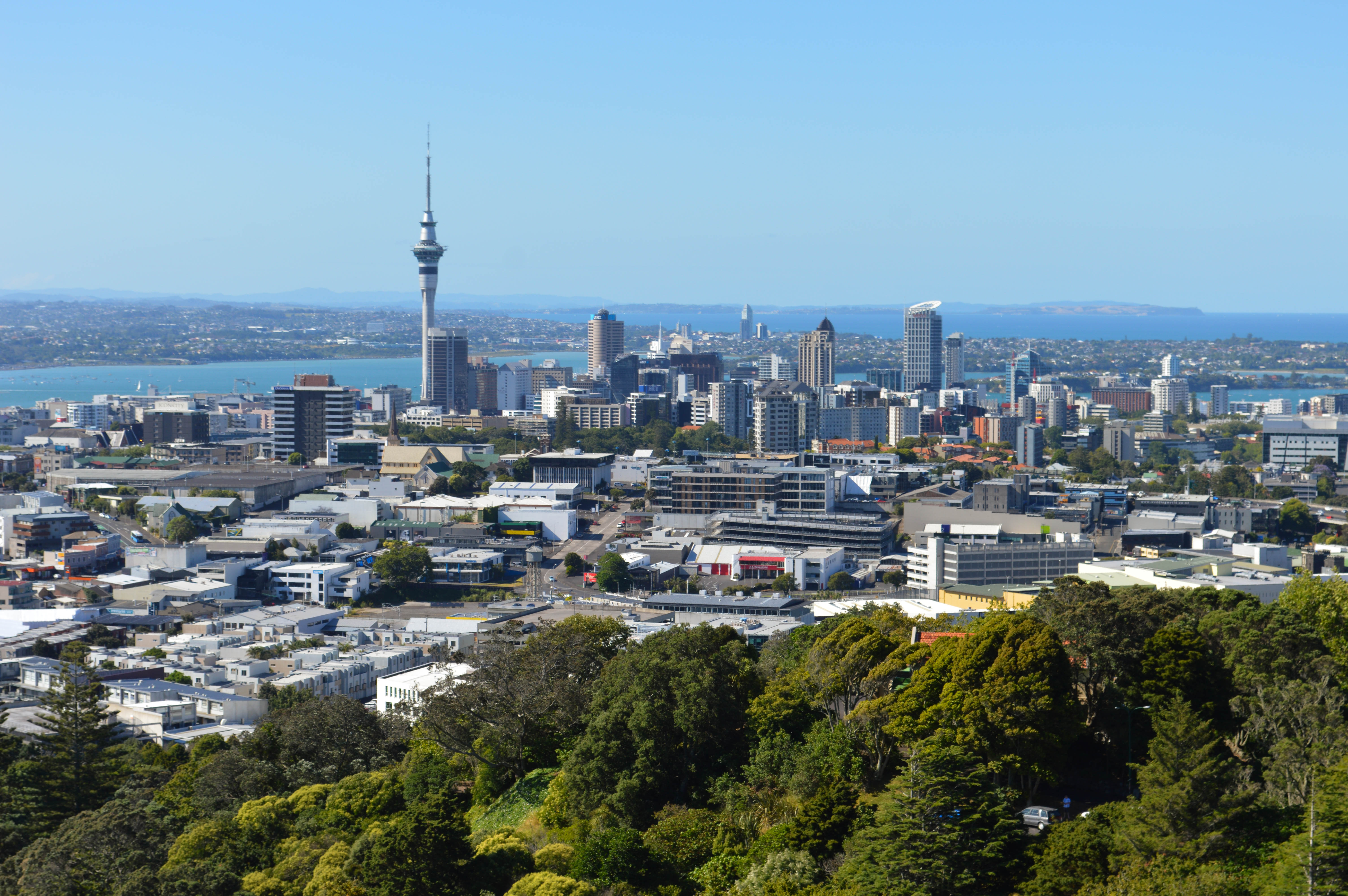Day Zero – Lessons for New Zealand
New Zealand is widely regarded as having dealt well with one crisis: COVID-19. But there’s another one they appear to be struggling with.

Auckland is a city with a population of 1.7m projected to grow to 2.4 million within 30 years. Auckland Airport recorded just 73.2mm over the three summer months, its driest summer on record since observations began in 1962. Dam levels continue to fall and Stage 1 restrictions on customer use began on Saturday May 16 for the first time since 1994.
Stage 1 restrictions:
- The residential use of outdoor hoses and water blasters are prohibited unless for a health, safety, emergency or biosecurity reason
- Commercial car washes are banned unless they use recycled water; and watering of sports fields, plants or paddocks is restricted to those with an irrigation system fitted with soil moisture or rain sensors
- Residents are advised to keep showers short – four minutes or less, and only run the dishwasher or washing machine when they’re full.
- No restrictions apply to hygiene measures, and people should continue regularly washing their hands consistent with Covid-19 messaging.
In 2008 a water efficiency programme was introduced with a 2025 target of 253 litres per day per capita against usage of 298 litres per day per capita in 2004. That had seemed to be working but the hot weather has resulted in an increase in demand.
Raveen Jaduram, CEO of the water company Watercare, defended the organisation’s drought response and said that if Aucklanders wanted a more resilient system they needed to be prepared to pay for it. That comment seemed to aimed mainly at infrastructure for supply.
The two key lessons for New Zealand from Cape Town are:
- Advanced Pressure Management is your best chance of avoiding a crisis if one is imminent. It delivered 70% of 60 Ml/d demand reduction in Cape Town.
- Some Advanced Pressure Management was already installed on the network in Cape Town. It should have been installed network-wide as a drought risk mitigation tool as well as a way of reducing water losses well before the crisis occurred.